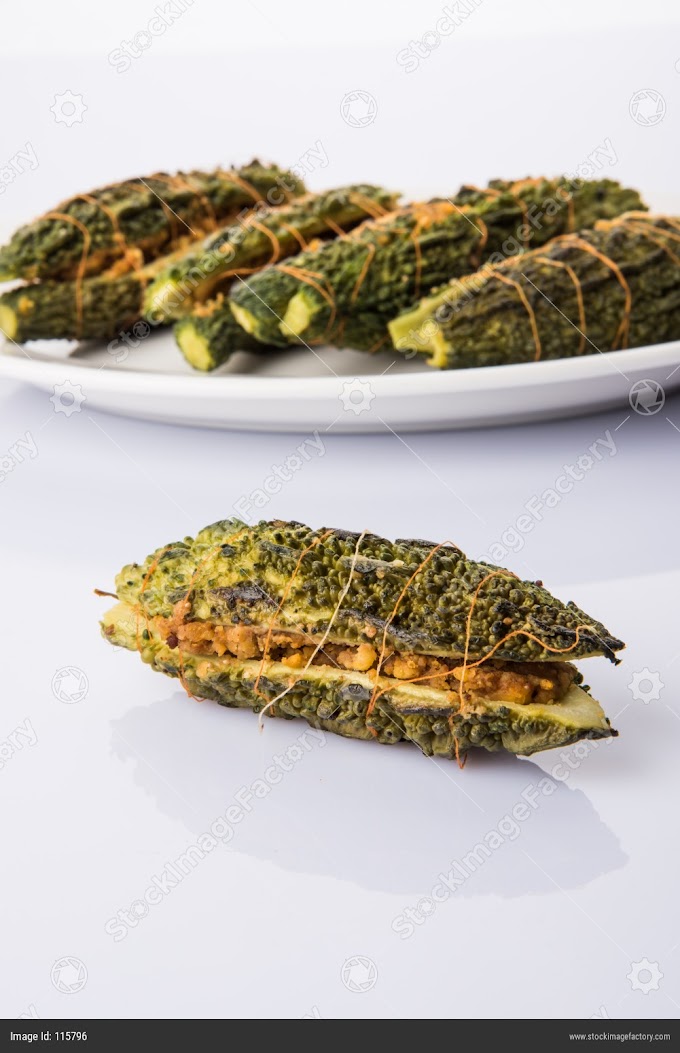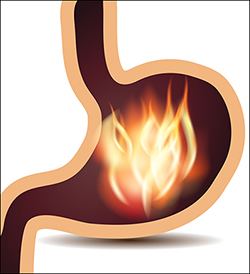"Types of vata,pitta and kapha Doshas"
-By Dr Kavita vyas
Five types of vata
In Ayurveda five kinds of vata are mentioned, these are Prana, Udana, Samana, Apana and vyan.
1. Prana Vayu
According to Ach.Charaka, the seats of prana vayu are the head, chest, throat, tongue, mouth and nose .It performs the functions of spitting, sneezing, eructation, respiration and deglutition etc. In deranged condition it causes hiccough, dysnoea, worry, anxiety, over active mind, insomnia, neurological disorders, asthma, other respiratory complaints, headache.
2. Udana Vayu
The seat of udana vayu is umbilicus, chest and the throat [Kantha].By with the term chest, we can confine only to the lungs. The functions of this vayu are theproduction of sound, speech or song; endeavour, enthusiasm, vitality and complexion etc. In deranged conditions it causes disease in the organs i.e.eye,ear,nose,mouth and head situated above the clavicle.In imbalance it causes speech defects, dry coughs, sore throats,tonsillitis,ear aches, generalized fatigue.
3. Samana Vayu
The special seat of samana vayu is umbilical region near the digestive fire [In between amasaya and pakvasaya] It regulates the channels, carrying sweat, waste matter and other watery substances of the body. It promotes the gastric fire and vitality.
A deranged or aggravated state of this causes dysentery, gulmas and impaired digestion, inadequate assimilation of nutrients.
4. Vyan Vayu
The vayu which pervades the whole body and carries chyle, blood etc. through out the body is called vyana vayu. Its functions are motion, extension, contraction, winking of the eyes and similar other movements. It performs all the five muscular movements and is not confined to any particular organ of the body. Any derangement in this vayu causes a generalized manifestations like fever, high blood pressure, poor circulation, irregular heart rythum, stress related nervous disorders.
5. Apana Vayu
According to Ach. Charaka ,the seats of Apana Vayu are the two testicles,the bladder, the phallus[penis],the umbilicus, the thighs,groins,rectum and the lower part of the intestine, specially the colons. Its functions are the elimination of the semen, urin, menstrual blood and foetus.The vayu when aggravated along with the vyan vayu produces prameha and disorders of the seminal fluid. In imbalance it causes constipation, diarrhea, gase, intestinal cramps, colitis, genito urinary disorders, menstrual disorders, swollen proastrate, various sexual dysfunctions, lower back pain etc.
 |
| Doshas vata,pitta and kapha |
Five types of pitta
The five variety of pitta in Ayurveda are named as follows-Pachak,Ranjak,Sadhaka,Alochaka and Bhrajaka.
1.Pachaka Pitta
As a result of the activity of pacaka pitta,the chyle is prepared and its liquid essence is absorbed in to the body which now assumes the name Rasa Dhatu or liquid precursor of blood.While the remaining portion is excreted in the form of faeces,urine,sweat etc.
2.Ranjaka Pitta
This pitta resides in the liver,spleen and stomach.It imparts redness to the Rasa Dhatu which is then known as Rakta or blood.In imbalance it causes jaundice,anaemia,skin inflammation,anger and hostility.
3. Sadhaka pitta
It has been lacated in the heart and has marked effect on mental functions.Fear or bravery,calmness or anger,confusion or clarity of sensory organs are effect of abnormal and normal condition of sadhaka pitta.In imbalance it causes heart disease,memory loss,emotional disturbance [Sadness,anger,heartattach etc. ]
 |
| Doshas vata,pitta and kapha |
4. Alochaka pitta
It has been located in the eye and it helps the visualization of external objects.The change effected by the agency of light which falls upon the retina is a physico chemical alteration in the protoplasm and this change stimulates the optic nerve endings.Thus the visual purple (Rhodopsin) has a striking resembalance to the description of the Alochaka pitta.In imbalance it causes vision problem, eye diseases of all kind.
5. Bhrajaka pitta
It has been located in the skin. Its functions are regulation of the temperature of the body [heat-regulation],secretion of sweat and sebum to keep it soft and absorption of oily materials .In imbalance it causes rashes,achne, boils,skin cancers,skin disorders.
Five types of kapha
The five sub groups of kapha dosha according to place and functions are as follows.
1. Kledak kapha
It represents the mucous secretion of the stomach[& of the digestive tract also].It moistens,lubricates and protects the mucous membrane of the stomach and helps the digestive processes.This kapha helps other types of kapha also,just as pachaka pitta helps all other types of pitas.Imbalance of this causes impaired digestion.
2. Bodhaka kapha
[One that enables to know] resides on the tongue and enables the appreciation of various tastes.This work is done by saliva which is our Bodhaka Kapha.It should be noted that the enzyme ptyalin belongs to pitta group.But the rest of the liquid portion represents kapha.The wind pipe and food pipe also have kapha.
 |
| Doshas vata,pitta and kapha |



![ACHARA RASAYAN in Ayurveda [Behavioural regimen which acts as Rejuvenation]](https://blogger.googleusercontent.com/img/b/R29vZ2xl/AVvXsEgWmm8CupFTu_vyWDtEsY9EdG8A-ZlQLOdx6lrm4qnctDJ1bli1zR7MQMebwL79XhXowikAcqIk-al0sQubhTttS6H69e3zIBK-UORc5BFH9eaWwkznPG-yWHqoQ-za1gNhVqwgwomwUiKA/w680/Screenshot_20191227-154658_YouTube.jpg)

0 Comments